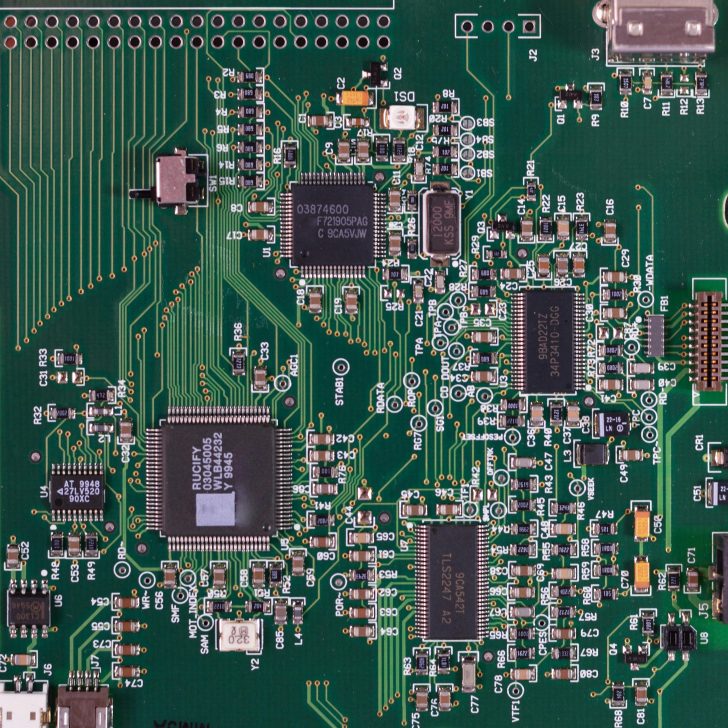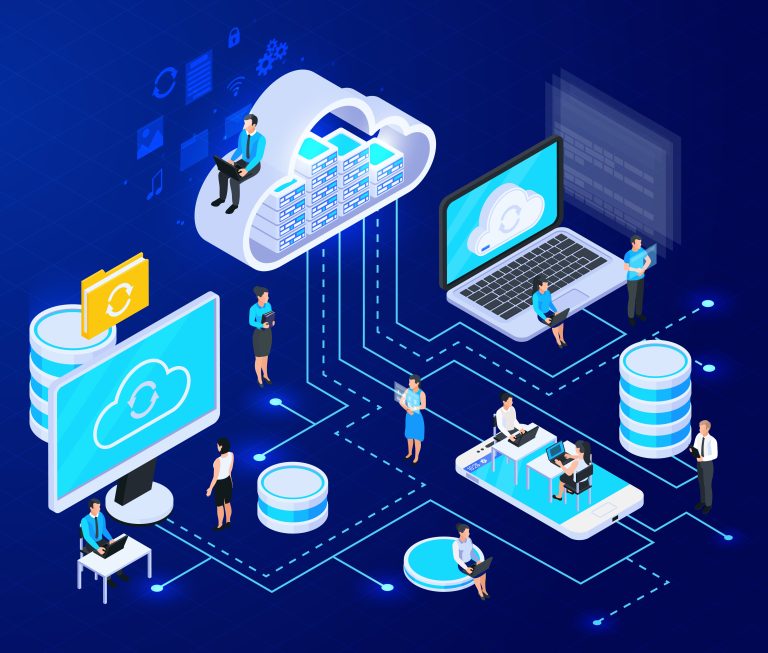While default BMCs offer basic remote management capabilities, they often fall short when deployed in real-world systems. Common issues include limited firmware functions, incompatibility with internal management platforms, restricted remote control commands, and insufficient monitoring parameters—making it difficult for the BMC to play its intended role as an extension of IT operations. The goal of customized integration is to tailor firmware behavior, optimize monitoring metrics, and implement seamless API connectivity based on actual system requirements—transforming the BMC from a passive hardware component into a fully integrated management hub.

BMC is an embedded management controller that operates independently of the main system, responsible for monitoring and managing hardware status. Even if the system encounters a failure or crash, the BMC continues to provide remote control functions, ensuring normal operation and timely maintenance.
BMC is not just hardware or software—it is a combination of both, consisting of:
This hardware-software integration allows BMC to maintain system visibility and management capabilities
without relying on the OS or the main processor.
| BMC (Baseboard Management Controller) | Traditional Software Management Tools | |
|---|---|---|
| Operating Environment | Independent of CPU/OS, continues to function even if the system crashes | Requires the operating system to function normally |
| Interface | Controlled via IPMI, Redfish, Web UI, CLI | Managed through SSH, RDP, remote desktop, etc. |
| Functionality | Remote power management, hardware monitoring, firmware updates, KVM-over-IP | Primarily for managing applications and OS |
| Scope | Low-level hardware management, affecting the entire system | Primarily software application-level management |
| Requirements | Built into servers or industrial motherboards | Requires installation of additional remote management software |
Unlike traditional software management tools, BMC provides deeper hardware management capabilities
and does not depend on the operating system, ensuring system control even in critical failure scenarios.

✅ System Power On/Off, Restart – Remotely control devices whether they are on-site or in remote data centers.
✅ BIOS/Firmware Updates – Perform BIOS configurations and firmware updates even if the system is down, reducing downtime.
✅ Monitor CPU temperature, fan speed, voltage, and power status to ensure stable operation.
✅ Log system events (SEL) in real time, providing a complete event log for troubleshooting and preventive maintenance.
✅ Access device screens, keyboards, and mice remotely—even if the OS crashes, allowing quick recovery or OS reinstallation.
✅ Minimize the need for on-site IT personnel, improving management efficiency, particularly for unmanned data centers and remote sites.
✅ BMC is directly integrated with hardware, unaffected by the OS, ensuring higher stability and compatibility.
✅ Unlike traditional software solutions, BMC offers lower latency and can instantly respond to critical commands.
✅ Based on specific application needs, Portwell offers BMC designs ranging from basic management functions to high-end KVM-over-IP support, helping customers balance performance and cost.

BMC enables remote monitoring of thousands of servers, tracking power status, fan speed, temperature, and voltage in real time. It provides instant alerts for anomalies and supports KVM-over-IP for remote maintenance, minimizing downtime and reducing operational costs.
Industrial PCs operate in harsh environments. BMC provides 24/7 remote monitoring, supports automated reboot mechanisms, and ensures system stability. Even in case of failure, it enables quick recovery.
AI servers require high-performance computing. BMC offers real-time hardware monitoring and thermal management, ensuring both computational efficiency and system stability. It also supports remote BIOS configuration and system reboot.
Unattended remote sites often lack immediate maintenance capabilities. BMC automatically detects failures via IPMI/Redfish and allows remote troubleshooting via KVM-over-IP, reducing the need for on-site intervention.
🔹 Expert in BMC Customization – Tailored BMC solutions for power management, security mechanisms, remote monitoring, and more.
🔹 Advanced Hardware-Software Integration – Extensive experience in firmware and API development, ensuring seamless BMC integration.
🔹 Proven Success Across Industries – Portwell’s BMC solutions are widely used in servers, medical equipment, smart transportation, industrial control, networking devices, and more.
🔹 Long-Term Technical Support – We provide not just products but comprehensive technical support and future upgrades.
The true value of a BMC lies not only in its ability to perform remote power management and monitoring, but in whether it can function as a stable node within a broader system maintenance architecture. Only through firmware behavior customization, indicator optimization, and integration with application-layer tools can the BMC truly coordinate with all layers of the system to ensure stability and control. In industries requiring high availability and long-term operation, Portwell delivers not just a BMC chip, but a deployable solution aligned with hardware, software, and operational workflows—ensuring that maintainability is embedded from the design phase forward.